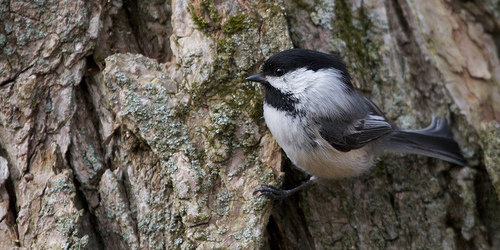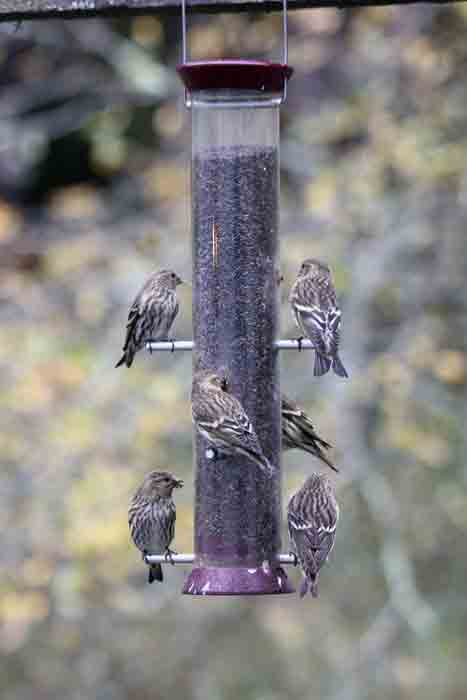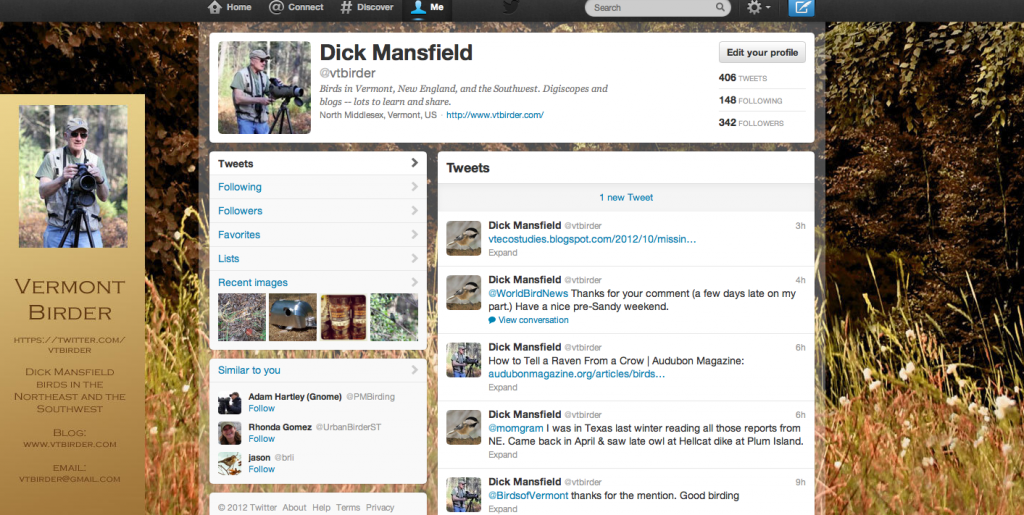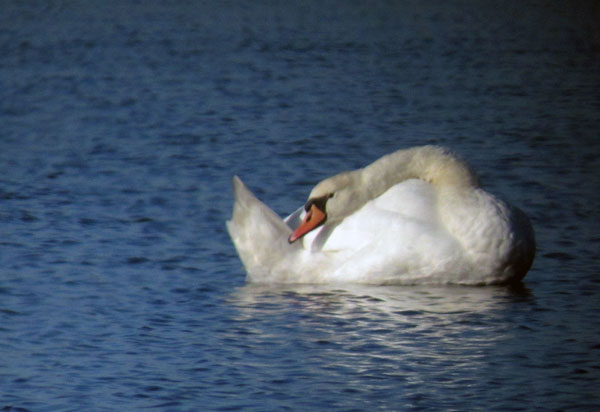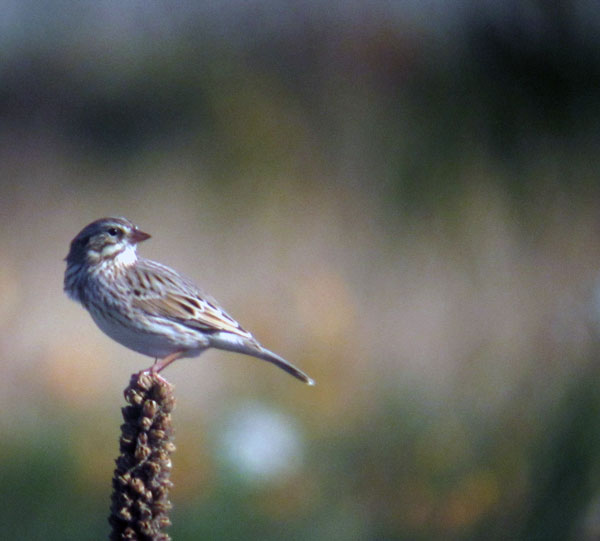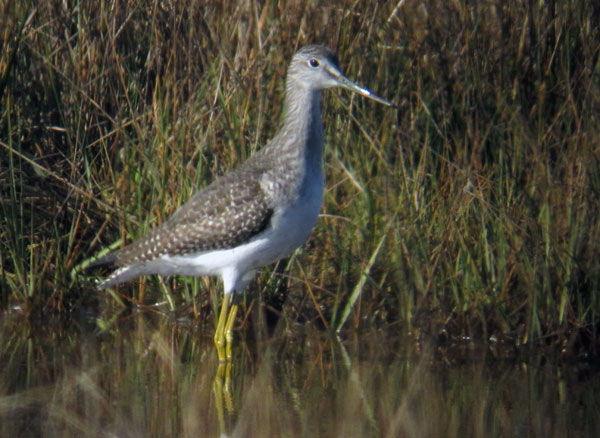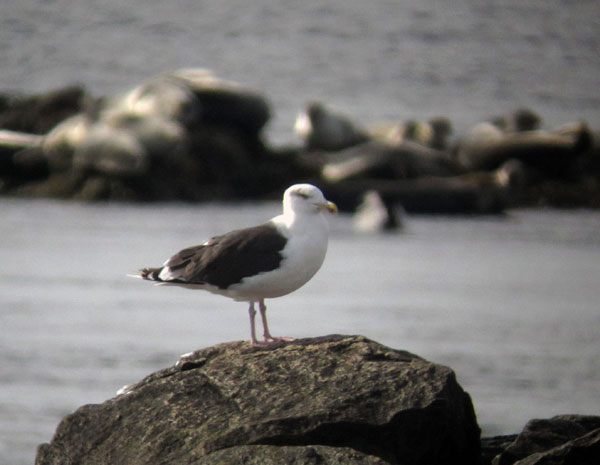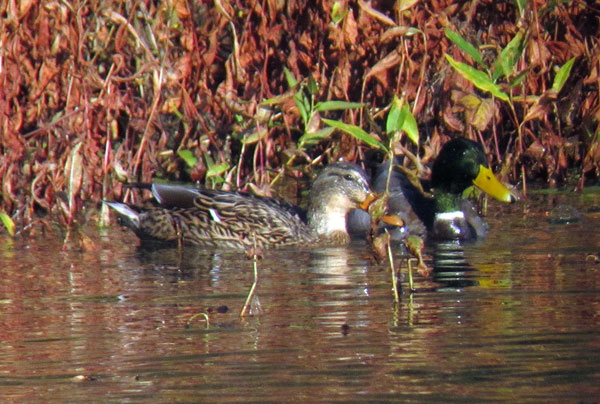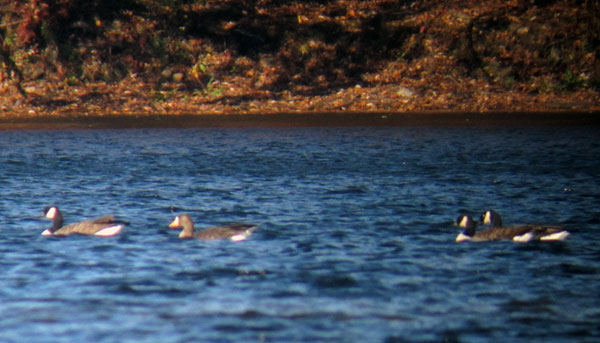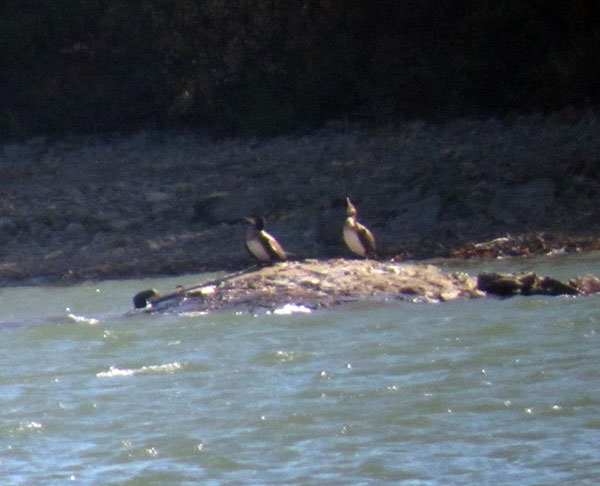One of the winter birds that I have yet to see and add to my life list is the Northern Shrike. We’ve been away much of the last three winters but there’s also been a fairly reliable visitor, which we call the “Appleby’s Shrike,” hanging out in the trees near the popular Berlin, VT restaurant. Most of my birding friends have seen it but for me, it’s just one of those, “Oh, you should have been here an hour ago” birds. Close encounters during the winter months I’ve been around.
I’ve seen many Loggerhead Shrikes in my Southwest journeys — this winter, one of my goals is to see my first Northern Shrike here in Vermont. I mentioned that in a Winter Birding – Bring It On post last month.
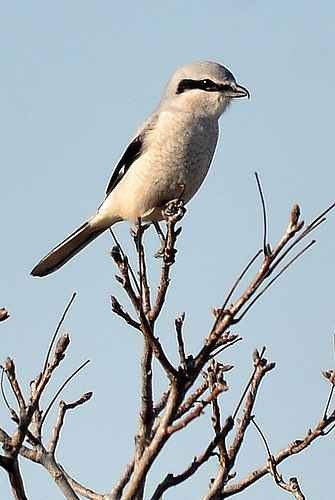
The shrike hunts by perching atop a tall shrub or tree at the edge of a field where it surveys the surrounding area for songbirds, insects, and small mammals.
The Northern Shrike is a songbird that is slightly smaller then a robin. They breed up up in the Arctic Circle of Alaska and Canada. During the winter you may find them around your feeder if you live in the northern half of the United States. Unlike the other birds they are not there for the nyjer thistle, cracked corn or other type of seed.
A predatory songbird, the Northern shrike sits on an exposed perch and watches for insects, small birds and mammals, or reptiles. They do not have the powerful talons that raptors use to catch their prey — they grab their prey with their feet, and kill by biting through its victim’s neck. They will impale prey, sometimes while still alive, on the barbs of a fence or large thorns. They often kill more prey then they can eat, which is how they received the scientific name Lanius excubitor, roughly translated this means butcher watchman. This species is known to pierce its prey onto thorns, sticks, fences and other pointed objects where it will either immediately eat its catch, or leave it impaled to be eaten at a later time.
The main field marks which help to easily identify the Northern Shrike are its stout bill which curves at the tip, and its distinctive black mask which goes from the base of the bill through the eye and to the side of its large head. Generally speaking, its upper portions are gray and the underneath are an off-white/soft gray with a faint barring on its chest. Its wings are black with white patches. The Northern Shrike is a medium sized song bird, yet when it flies by, at first glance one generally thinks it may be a out-of-season Northern Mockingbird because of the similar coloring; however, once you see the curved bill and black mask you know that you have seen a rare visitor from the north. I’m already looking every time I go past the turn for Applely’s.
Note: Vermonter Tom Slayton wrote a wonderful article on Northern Shrikes last year.
Image by cheepshot
If you enjoyed this post, please consider leaving a comment and subscribing by RSS feed or via email to have future articles delivered to you.

